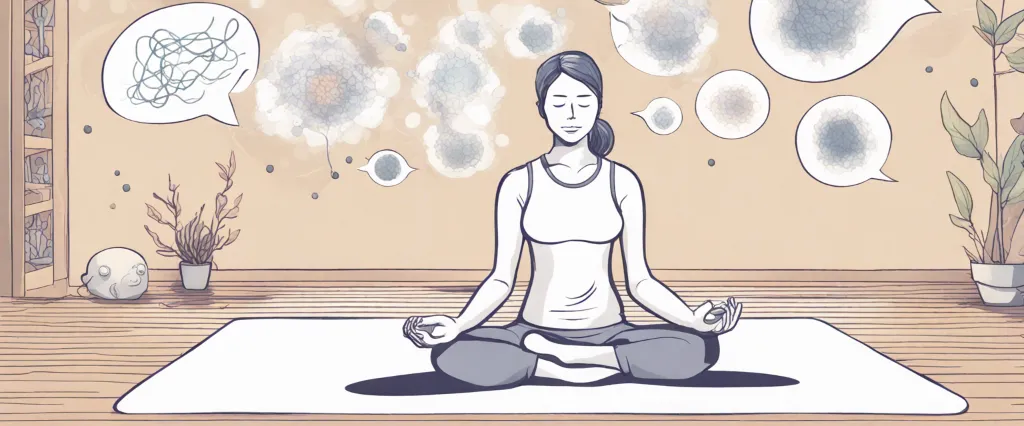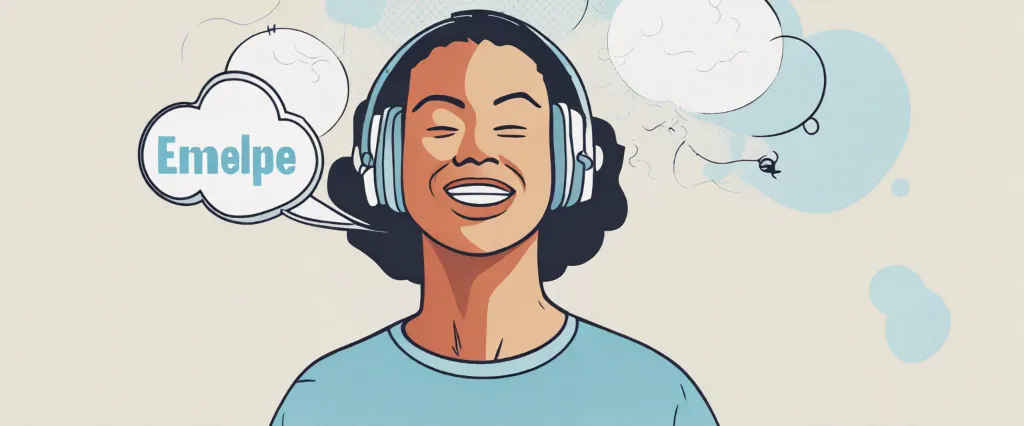——The Oxygen Advantage by Patrick McKeown & The Story of the Human Body by Daniel E. Lieberman

In today’s fast-paced world, it has become increasingly crucial for individuals to prioritize their health and well-being. As more people recognize the importance of maintaining a healthy lifestyle, they search for resources that can guide them towards optimal physical and mental fitness. With this objective in mind, two highly acclaimed books have emerged as prominent contenders in the realm of holistic wellness – “The Oxygen Advantage” by Patrick McKeown and “The Story of the Human Body” by Daniel E. Lieberman.
Both books delve into the intricate relationship between our bodies and the environment we inhabit. They explore the evolutionary paths that have shaped human physiology and offer insightful strategies to enhance our overall health and performance. While each approaches the subject matter from distinct angles, the common thread they share lies in their pursuit of unlocking the secrets to a healthier and more vibrant life.
The Oxygen Advantage” challenges conventional wisdom about the importance of breathing correctly. Drawing upon extensive research and personal experience, author Patrick McKeown proposes that many individuals unknowingly suffer from dysfunctional breathing patterns that compromise their health and athletic performance. By employing a series of simple yet powerful breathing exercises, McKeown offers a roadmap to increase oxygen delivery throughout the body, improve athletic endurance, reduce stress, and enhance overall well-being.
On the other hand, “The Story of the Human Body” takes readers on a captivating journey through the evolution of Homo sapiens while exposing the mismatch between our modern lifestyles and our biological design. Renowned evolutionary biologist and Harvard professor Daniel E. Lieberman explores how our ancient ancestors adapted to their environments, and how these adaptations influence our susceptibility to modern-day diseases. From the evolution of bipedalism to the impact of sedentary lifestyles and processed foods on our physical health, Lieberman provides a thought-provoking analysis of our species’ journey and offers valuable insights on how to live more in sync with our evolutionary heritage.
As we embark on a comparative study of these two remarkable books, we aim to shed light on the distinct perspectives they bring to the table. We will critically analyze the scientific evidence, practical recommendations, and overall effectiveness presented in each work, allowing readers to make informed decisions about which approach resonates most with their personal goals and interests. Join us as we delve into the illuminating worlds of “The Oxygen Advantage” and “The Story of the Human Body,” and uncover the transformative potential they hold for our physical and mental well-being.
Brief Summary of Two Books
The Oxygen Advantage by Patrick McKeown
“The Oxygen Advantage” by Patrick McKeown explores the idea that we often over-breathe, taking in too much oxygen and exhaling too much carbon dioxide, which can lead to various health problems and compromised athletic performance. The book emphasizes the importance of nasal breathing, as it helps optimize oxygenation and carbon dioxide levels in the body. McKeown provides readers with exercises and techniques to improve breathing habits, including breath-holding exercises and controlled reduction of breath volume during exercise. Through practical advice, case studies, and scientific research, “The Oxygen Advantage” aims to help individuals improve their breathing efficiency, athletic performance, and overall health.
The Story of the Human Body by Daniel E. Lieberman
“The Story of the Human Body” by Daniel E. Lieberman is a compelling exploration of human evolution and the impact it has had on our bodies. Covering millions of years of evolution, Lieberman delves into various aspects of our anatomy, physiology, and behavior to provide a comprehensive understanding of our species’ development. From our ancestors’ transition to bipedalism to the evolution of our brains, jaws, and teeth, the book delves into the unique adaptations that shaped our bodies.
Lieberman posits that our evolutionary past is key to understanding the challenges we face in the modern world. He argues that our bodies have not fully adjusted to our sedentary lifestyles, leading to various health issues such as obesity, heart disease, and chronic pain. Additionally, our dietary choices, which were shaped over millions of years, now clash with the modern availability of processed foods, leading to health problems.
Drawing upon scientific research and evidence, Lieberman uncovers fascinating insights into our evolutionary heritage, challenging popular assumptions along the way. From our innate love for physical activity to the importance of a diverse diet, the book provides practical ideas on how to lead healthier lives by aligning our lifestyles with our evolutionary roots.
Overall, “The Story of the Human Body” offers a thought-provoking narrative that connects our past with our present, shedding light on the complexities of the human body and inspiring readers to make conscious choices for a healthier future.
Comparison between Two Books

Similarities in Body Health
Despite discussing different aspects of body health, both The Oxygen Advantage by Patrick McKeown and The Story of the Human Body by Daniel E. Lieberman highlight the significance of proper breathing and efficient oxygenation for overall well-being.
1. Breathing techniques: McKeown’s book extensively explores the importance of breathing correctly for optimum health. He emphasizes the benefits of nasal breathing, diaphragmatic breathing, and reduced breathing during both rest and physical activity. Similarly, Lieberman discusses the evolution of human breathing patterns and emphasizes the effectiveness of nasal breathing for conditioning the body.
2. Oxygen utilization: Both authors underline the significance of proper oxygen utilization by the body. McKeown explains how efficient oxygen utilization can enhance physical performance, reduce stress, and improve mental clarity. Lieberman examines the human body’s remarkable adaptations to increase oxygen delivery to muscles during physical activity, illustrating the essential role that oxygen plays in the body’s overall functioning.
3. Exercise and physical activity: McKeown and Lieberman agree on the benefits of physical activity for good health. McKeown explains how various breathing techniques can optimize athletic performance and even reduce the risk of injury. Meanwhile, Lieberman delves into the role of physical activity in shaping the human body, discussing how our ancestors’ hunting and gathering activities resulted in evolutionary adaptations for locomotion and endurance.
4. Optimal posture: Both books stress the importance of maintaining proper posture for optimal breathing and overall body health. McKeown demonstrates how correct posture ensures efficient oxygenation and prevents various health issues, while Lieberman describes how the human body’s physical adaptations, such as shorter torsos and elongated legs, contribute to an upright posture that aids optimal breathing.
5. Health conditions: While McKeown primarily focuses on breathing and its impact on various health conditions, Lieberman broadens the health perspective by discussing other factors like diet, physical activity, and the prevention of chronic diseases. Despite their different scopes, both books recognize the interplay between multiple aspects of overall health.
In summary, both The Oxygen Advantage and The Story of the Human Body emphasize the importance of proper breathing techniques, efficient oxygen delivery, exercise, posture, and overall fitness in achieving optimal body health. While McKeown’s book dives deeply into the details of breathing and its impact on health and performance, Lieberman takes a broader approach, exploring various factors that contribute to overall well-being.
Divergences in Body Health
The Oxygen Advantage by Patrick McKeown and The Story of the Human Body by Daniel E. Lieberman both delve into the realm of body health, but from different perspectives and with varying approaches.
In The Oxygen Advantage, Patrick McKeown focuses specifically on the importance of proper breathing techniques for optimal health and performance. He explores how many people tend to overbreathe and breathe through their mouths instead of their noses, leading to a reduced intake of oxygen. McKeown highlights how this can negatively impact various bodily functions and contribute to chronic health issues such as asthma, anxiety, sleep disorders, and fatigue. The book provides practical exercises and strategies to help individuals retrain their breathing patterns, improve oxygen uptake, and enhance overall well-being.
On the other hand, The Story of the Human Body by Daniel E. Lieberman takes a broader perspective, tracing the evolutionary history of the human body and examining how our modern lifestyle often conflicts with our biological needs. Lieberman explores how the human body evolved to be physically active, capable of endurance running, and adapted to a hunter-gatherer lifestyle. However, with the advent of agriculture and sedentary habits, our bodies have not been able to keep up with the rapid changes in our environment. This has led to a host of modern health issues such as obesity, diabetes, and cardiovascular disease. The book emphasizes the importance of understanding our evolutionary past to make informed choices about diet, exercise, and overall lifestyle for the promotion of optimal health.
While both books discuss the importance of body health, they diverge in terms of their primary focus. The Oxygen Advantage by McKeown hones in on proper breathing techniques as the foundation for overall well-being, recognizing the specific impact that breath has on various bodily functions. On the other hand, The Story of the Human Body by Lieberman looks at the broader picture, examining how our modern lifestyles have led to a mismatch between our biological makeup and our environment, resulting in numerous health issues.
While McKeown’s book primarily focuses on one aspect of body health, breathing, Lieberman takes a more holistic approach that considers various factors such as evolution, diet, exercise, and sedentary behaviors. Both books offer valuable insights into body health, but readers looking for a more specialized approach may find The Oxygen Advantage more suitable, while those seeking a comprehensive understanding of how our bodies have evolved in relation to our modern lifestyle may prefer The Story of the Human Body.

Conclusion
Both “The Oxygen Advantage” by Patrick McKeown and “The Story of the Human Body” by Daniel E. Lieberman are highly regarded books in their respective fields. It ultimately depends on your personal interests and preferences.
“The Oxygen Advantage” focuses on the importance of proper breathing techniques for improving physical and mental performance. McKeown provides practical exercises and strategies to optimize oxygen intake, which can be particularly beneficial for athletes, individuals with respiratory conditions, and those seeking enhanced well-being.
On the other hand, “The Story of the Human Body” delves into the history of human evolution and how it has shaped our bodies and health in our modern environment. Lieberman examines how evolutionary pressures have influenced our susceptibility to chronic diseases, such as obesity and cardiovascular issues, while also discussing strategies for maintaining better health in the modern world.
If you are interested in understanding how breathing techniques can impact your overall well-being, “The Oxygen Advantage” may be the more suitable book for you. However, if you are fascinated by evolutionary biology and want to explore how our ancient past affects our health today, “The Story of the Human Body” would be a more fitting choice.
Ultimately, both books offer valuable insights and can provide a deeper understanding of human physiology and health.


